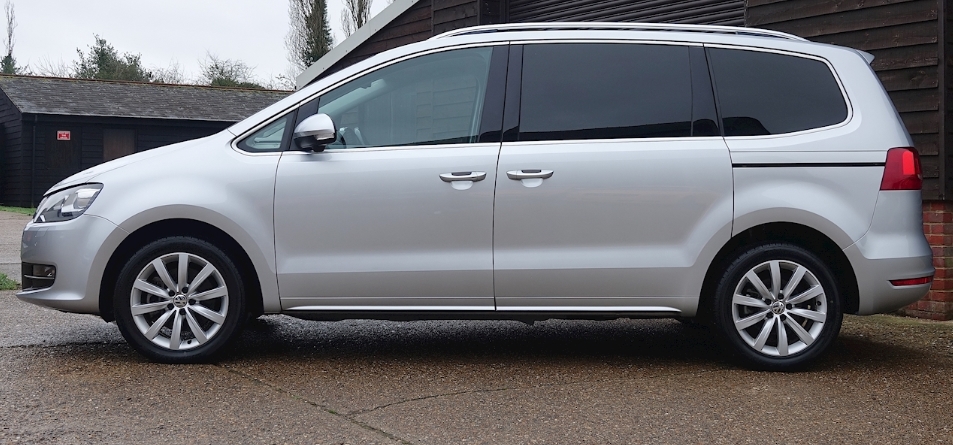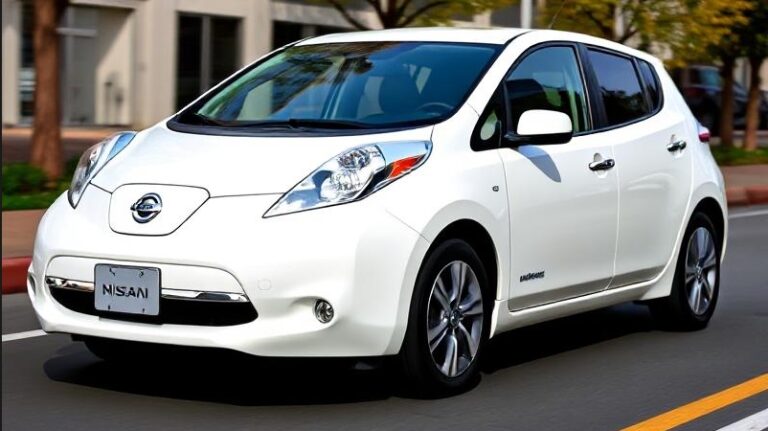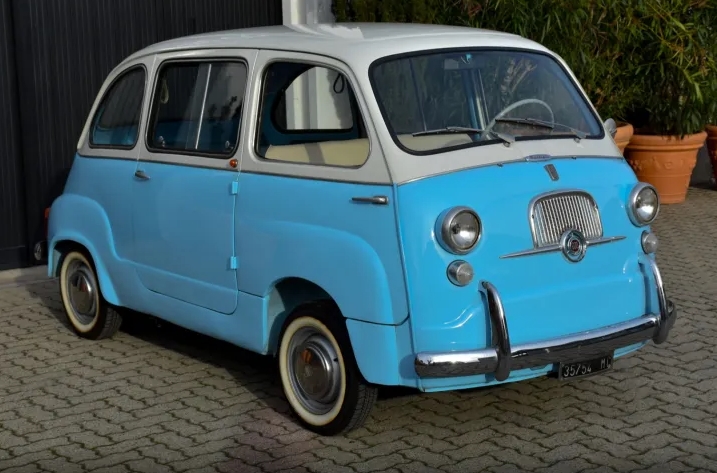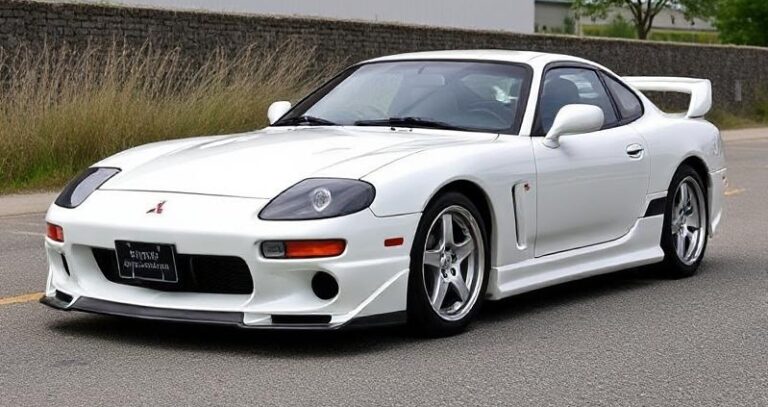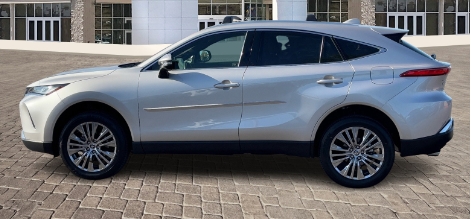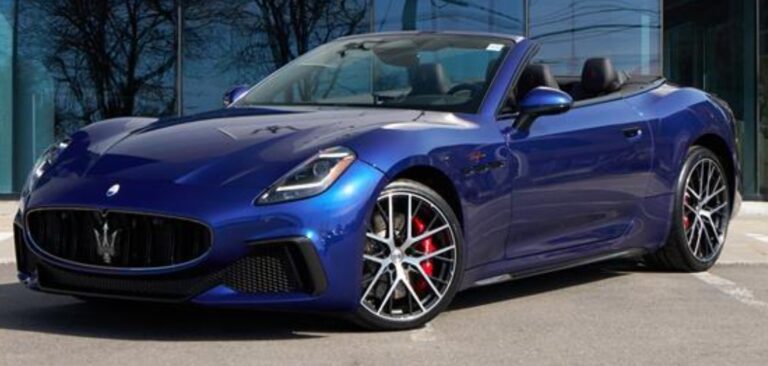The Enduring Family Champion: The Evolution of the Volkswagen Sharan
In the landscape of modern motoring, few vehicle segments have experienced such a dramatic rise and fall as the Multi-Purpose Vehicle (MPV). At the forefront of this movement in Europe was a vehicle that became synonymous with practicality, space, and German engineering: the Volkswagen Sharan. For over a quarter of a century, the Sharan was the definitive choice for large families needing more than an estate car could offer. Its story is one of clever collaboration, timely evolution, and an eventual succession by a new breed of family vehicle.
The Genesis: A Joint Venture and a Market Need (1995)
The early 1990s saw a paradigm shift in family transport. The Renault Espace had pioneered the concept of the large, car-based “people carrier” in Europe, and other manufacturers were scrambling to compete. Volkswagen, recognizing the immense development costs of creating an entirely new platform, entered into a strategic partnership with Ford. This collaboration, known as the AutoEuropa project, was established to design and build a shared MPV platform at a new factory in Palmela, Portugal.
The fruits of this labor were a trio of vehicles: the Volkswagen Sharan, the Ford Galaxy, and the SEAT Alhambra. While they shared the same chassis, core body structure, and drivetrain components, each brand applied its own distinct frontal styling, interior trim, and branding. The Volkswagen Sharan, designated the Typ 7M, was launched in 1995 and positioned as the premium, well-engineered option of the three.
The First Generation (Typ 7M): 1995–2010
The first-generation Sharan had an impressive 15-year production run, a testament to the soundness of its original design. This era can be broken down into three distinct phases, marked by two significant facelifts.
Phase 1: The Original (1995–2000, Typ 7M8)
The initial Sharan was a product of its time: functional, spacious, and somewhat boxy. Its design was clean and understated, featuring the simple grille and rectangular headlights characteristic of mid-90s Volkswagens. Inside, the focus was purely on practicality. It offered a standard five-seat configuration with the option of a seven-seat layout, where the rear seats could be individually removed (a heavy but versatile solution) to create a van-like loading bay.
The initial trim levels were straightforward and mirrored VW’s existing hierarchy:
CL: The entry-level model, featuring basic amenities like cloth seats, manual windows in the rear, and steel wheels. It was the workhorse of the range.
GL: The mid-range trim, adding features like velour upholstery, electric front windows, and often body-colored bumpers and mirrors, providing a more comfortable and visually appealing package.
Carat: The premium trim level, aimed at the executive market. It boasted alloy wheels, air conditioning, a more luxurious interior with features like wood trim inserts, and sometimes integrated child seats in the second row.
The engine lineup was diverse. Petrol options included a humble 2.0-litre four-cylinder and the star of the range, Volkswagen’s unique 2.8-litre narrow-angle VR6 engine, providing smooth, six-cylinder power. On the diesel front, the legendary 1.9-litre TDI engine was available, initially in a 90 PS (horsepower) variant, offering outstanding fuel economy that made it a favorite among high-mileage families. A Syncro four-wheel-drive system was also offered with select engines, a rare feature in the MPV class.
Phase 2: The Major Facelift (2000–2004, Typ 7M9)
By the turn of the millennium, the Sharan was due for a major update to align it with Volkswagen’s new design language. The 2000 facelift was so comprehensive that it was given a new internal model code. The exterior was transformed with new, streamlined headlights reminiscent of the B5 Passat, a new chrome-accented grille, and revised taillights.
The interior, however, saw the most significant improvement. The entire dashboard was redesigned, using higher-quality soft-touch materials, modern blue-lit instrumentation, and a much more ergonomic layout. This single change elevated the Sharan’s cabin from merely functional to genuinely premium, setting it apart from its Ford and SEAT siblings, which received less extensive interior updates.
The engine range was also thoroughly modernized. The VR6 was updated to a 24-valve configuration, boosting power to 204 PS. A new, lively 1.8-litre 20-valve turbocharged petrol engine (1.8T) was introduced, offering a great balance of performance and efficiency. The diesel lineup received a major boost with the introduction of Pumpe Düse (PD) unit injector technology for the 1.9 TDI, with power outputs climbing to 115 PS, and later 130 PS and a potent 150 PS in the top-tier models.
Trim levels were renamed in some markets to align with the rest of the VW range:
S: The new base model.
SE: The well-equipped mid-range model, which became the volume seller.
Sport: Featured firmer suspension, larger alloy wheels, and sports seats.
Carat / Highline: Remained the top-tier luxury models depending on the market.
Phase 3: The Final Polish (2004–2010, Typ 7M6)
The Sharan received a final, minor facelift in 2004. Visual changes were subtle, consisting of revised, circular-element taillights and chrome strips on the grille. The indicator repeaters were moved from the front wings to the wing mirrors, a common trend at the time. This update was primarily about keeping the model fresh and incorporating small specification changes until its all-new successor was ready. The model continued to sell steadily, its reputation for durability and space ensuring its place in the market despite its aging platform.
The Second Generation (Typ 7N): 2010–2022
After 15 years, an entirely new Sharan was unveiled at the 2010 Geneva Motor Show. The Typ 7N was a ground-up redesign, sharing its platform with the Passat (B7). It was a thoroughly modern vehicle that addressed the shortcomings of its predecessor and introduced a host of new features.
Phase 1: A Modern Reinvention (2010–2015, Typ 7N1)
The new Sharan was significantly larger than the original—longer, wider, but slightly lower, giving it a more dynamic and planted stance. It adopted the clean, horizontal design language of the era’s Golf and Passat. The most transformative new feature, however, was the introduction of rear sliding doors (available with electric operation). This was a game-changer for families, making access in tight parking spaces infinitely easier and safer for children.
The interior was a huge leap forward in terms of space, quality, and technology. The “EasyFold” seating system meant that the second and third-row seats no longer needed to be removed; they simply folded flat into the floor with a simple one-handed mechanism, creating a vast and level loading area.
Trim levels were again updated, with a typical UK market structure being:
S: Came with standard features like air conditioning, an electronic parking brake with auto-hold, and seven seats as standard.
SE: Added 16-inch alloy wheels, cruise control, parking sensors, and automatic headlights and wipers. This was the most popular trim.
SEL: The high-end model, featuring 17-inch alloys, Alcantara upholstery, a panoramic sunroof, and more advanced infotainment and climate control systems.
Executive: Later introduced, this trim added further luxury features like leather upholstery and heated front seats.
The engine lineup was focused on efficiency. The thirsty VR6 was gone, replaced by modern, downsized, and turbocharged TSI petrol engines (a 1.4-litre and a 2.0-litre).
The diesel offering was consolidated into a single 2.0-litre TDI Common Rail engine, available in multiple power outputs (typically 115, 140, and 170/177 PS). A DSG dual-clutch automatic gearbox and a 4MOTION all-wheel-drive system were available on select models.
Phase 2: The Technology Update (2015–2022, Typ 7N2)
In 2015, the Sharan received a mid-life facelift. Externally, the changes were very subtle, limited to new LED rear light graphics and new alloy wheel designs. The real updates were under the skin and inside the cabin.
The entire engine range was updated to meet stricter Euro 6 emissions standards, bringing modest power increases and improved fuel efficiency across the board. The 2.0 TDI was now offered in 115, 150, and 184 PS versions.
More significantly, the Sharan received Volkswagen’s next-generation MIB II modular infotainment systems. This brought larger, higher-resolution touchscreens and, crucially, smartphone integration via Apple CarPlay, Android Auto, and MirrorLink, finally bringing the car’s connectivity up to date.
New safety features also became available, including a standard Post-Collision Braking System, and optional advanced driver-assistance systems like Adaptive Cruise Control, Blind Spot Monitor with Rear Traffic Alert, and Front Assist with City Emergency Braking. These updates ensured the Sharan remained a safe and technologically relevant choice.
.

.
The End of an Era and Legacy
Despite the 2015 update, the market around the Sharan was changing irrevocably. The rise of the seven-seat SUV, including Volkswagen’s own Tiguan Allspace and the larger Atlas/Teramont in other markets, began to cannibalise sales from the traditional MPV segment. SUVs offered similar practicality but with more aspirational styling and the appeal of a high driving position.
Volkswagen quietly trimmed the Sharan range in its final years, eventually ceasing production in 2022 after a remarkable 27-year history. It was not directly replaced. Its role in the lineup was effectively filled by the smaller Touran MPV and the versatile seven-seat SUV offerings.
The Volkswagen Sharan’s evolution tells the story of the MPV itself. It began as a purely practical solution, evolved into a refined and comfortable family cruiser, and was ultimately superseded by a more fashionable vehicle type. For millions of families across two generations, the Sharan was more than just a car; it was a reliable, spacious, and indispensable part of daily life, earning its place as one of the most significant and successful people carriers ever produced.
